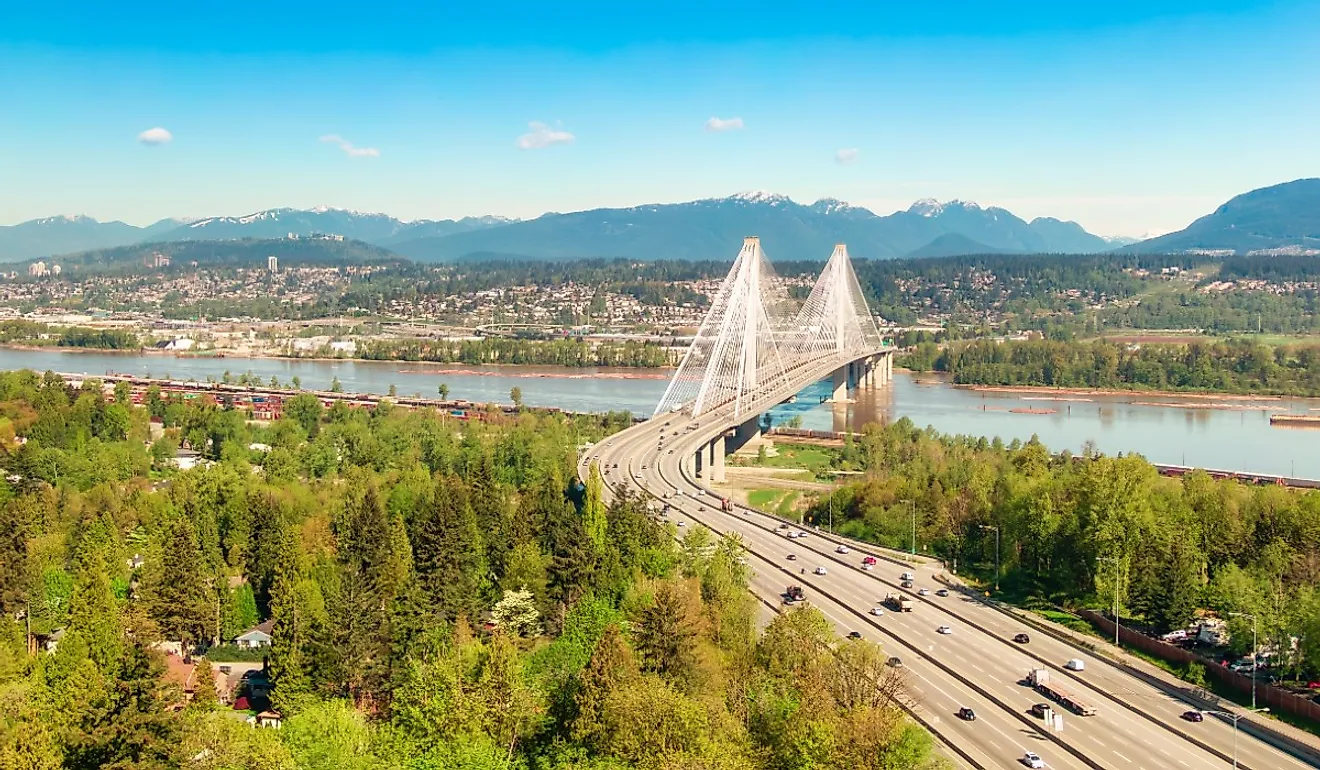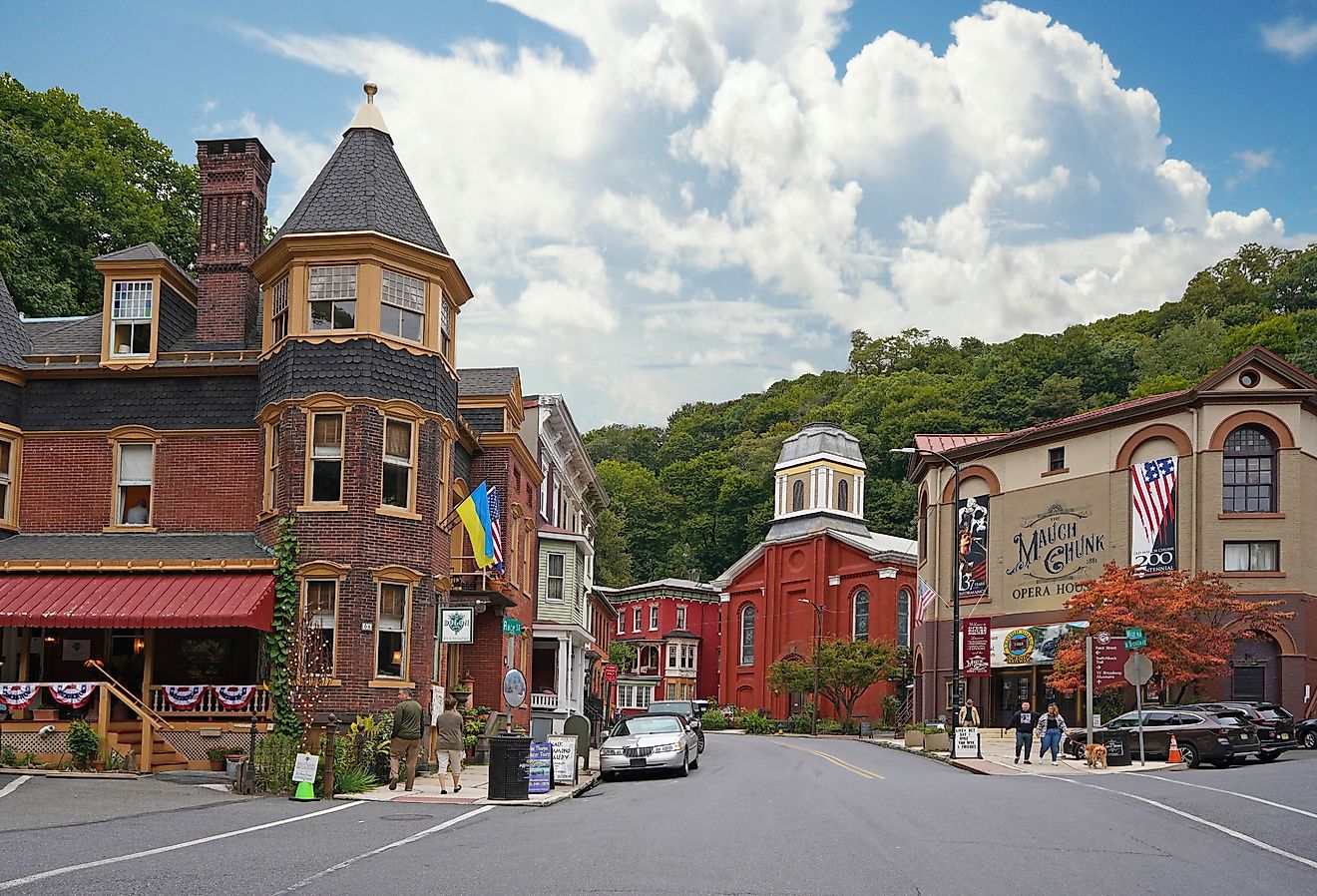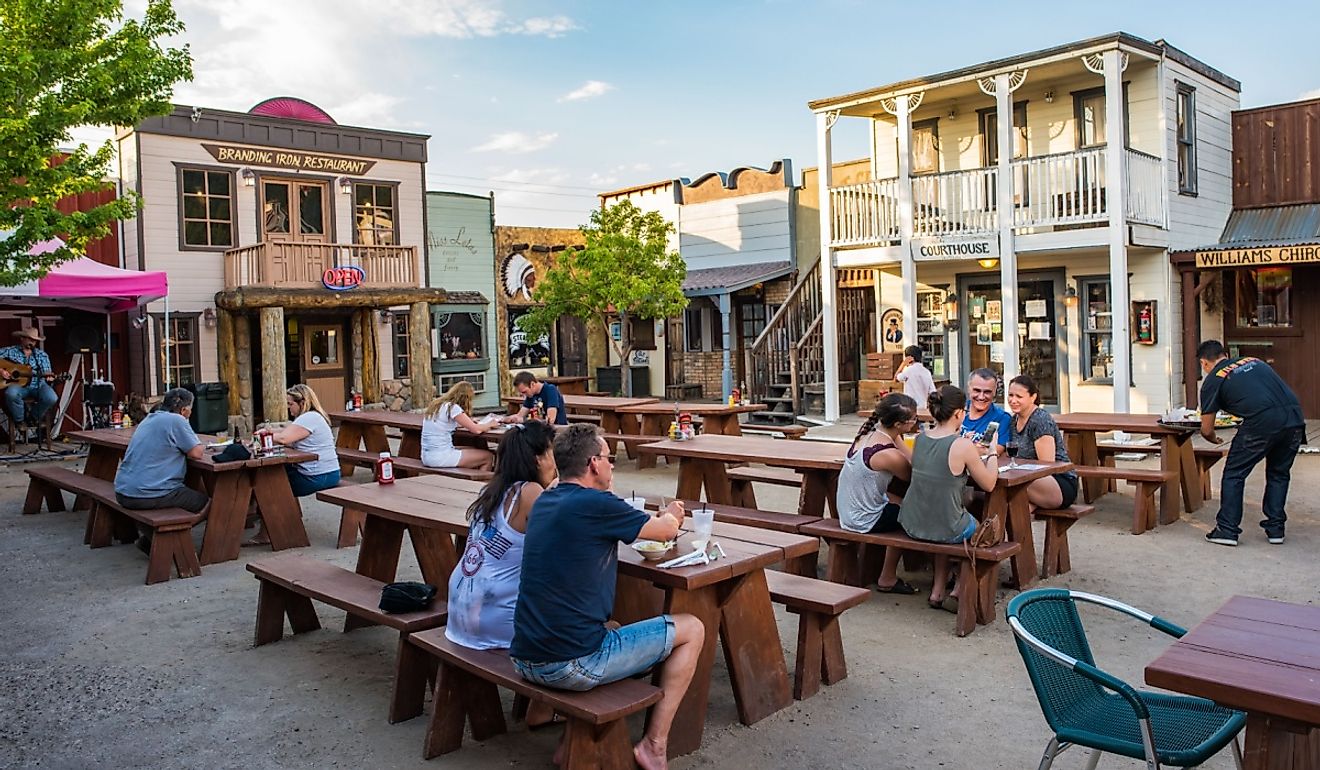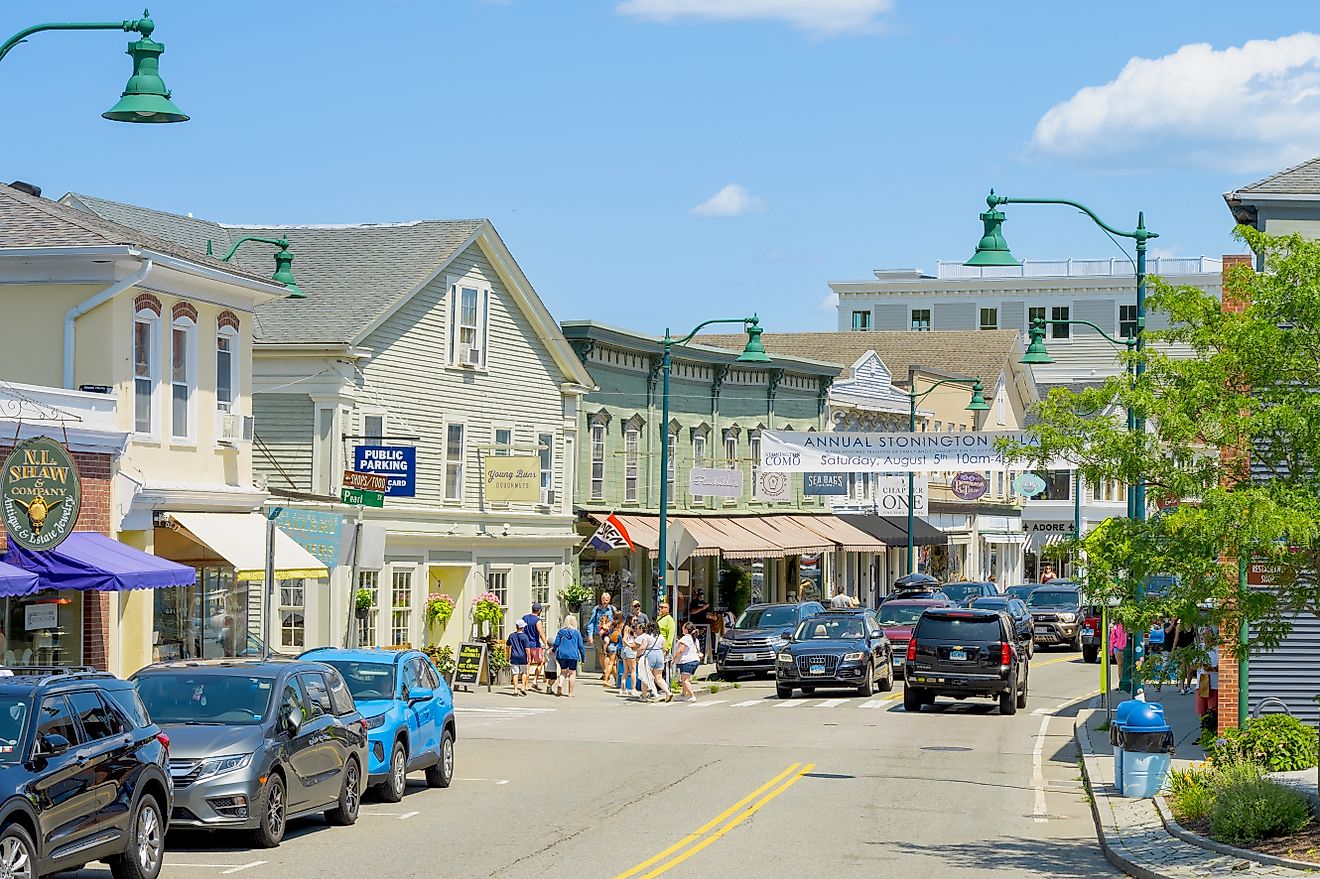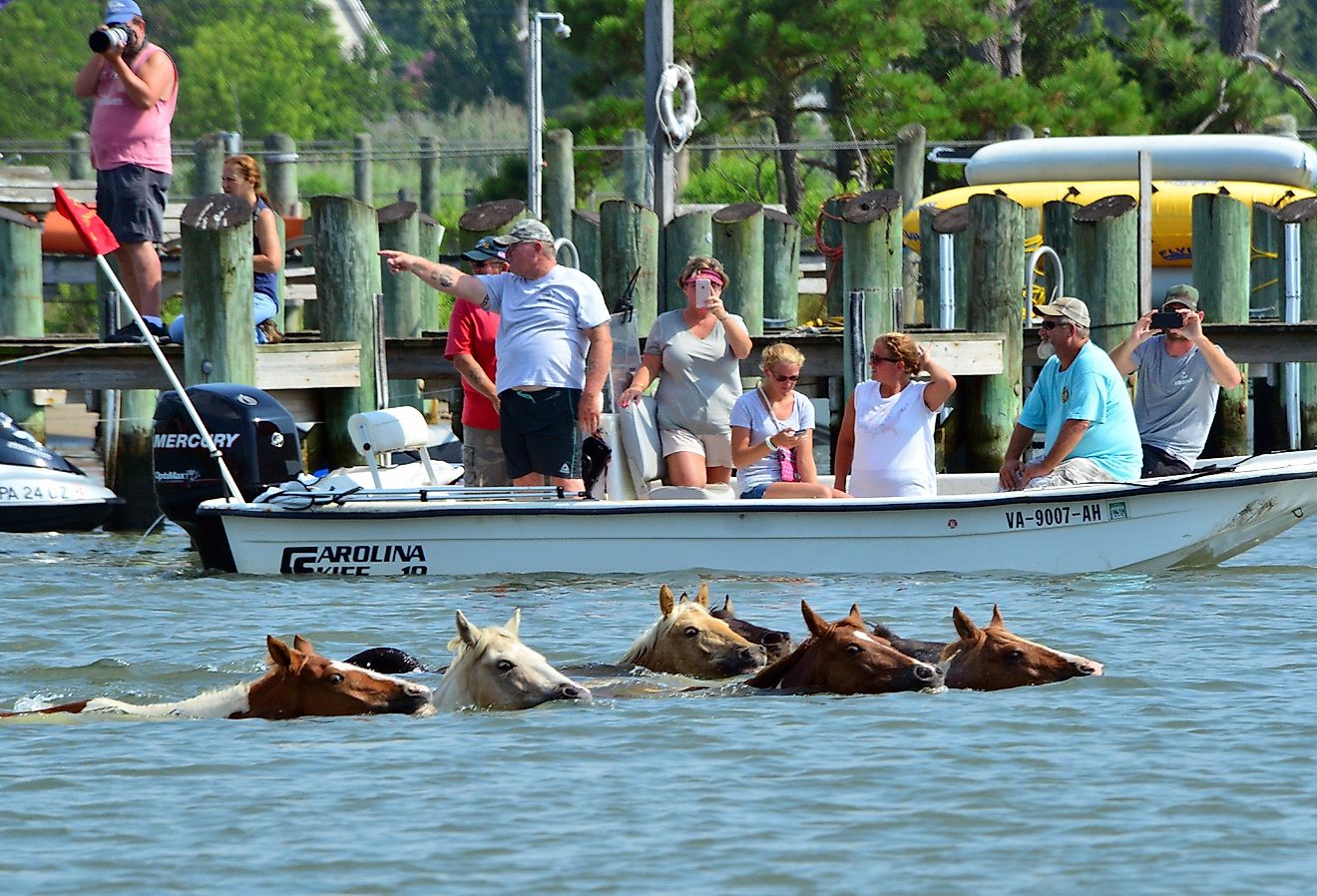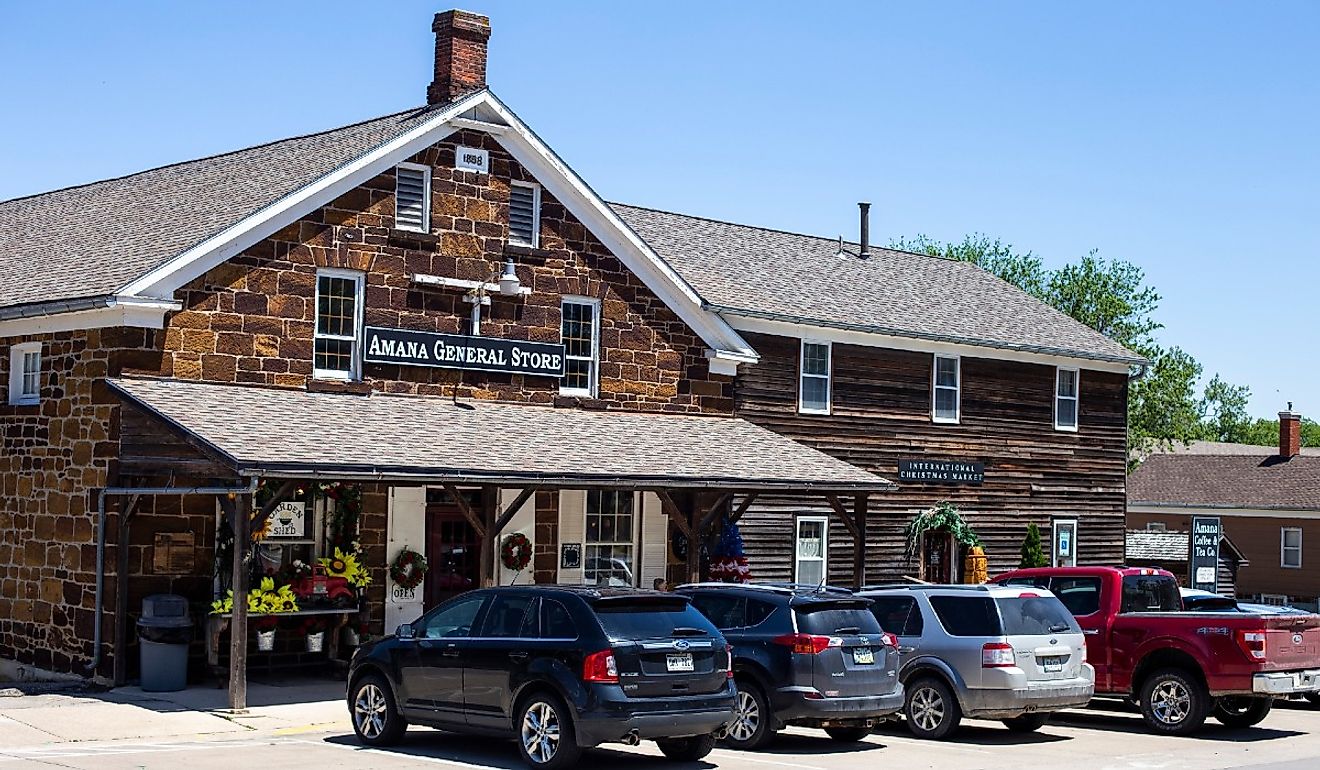
Garland, Texas
Garland is a big city spread across Dallas, Collin, and Rockwall Counties in the northern portion of the US State of Texas. Located just northeast of downtown Dallas, Garland was founded to settle a dispute between the two towns of Embree and Duck Creek. An Act of Congress consolidated the two feuding communities, and the new municipality was named after Attorney General Augustus H. Garland. Nevertheless, Garland has seen rapid growth, along with its share of tragedies, including a tornado in 1927 that killed 17 and left most of the city in shambles.
Geography Of Garland

Garland covers a total area of 148.28 sq.km, of which 147.97 sq.km is occupied by land and 0.31 sq.km is covered by water. Duck Creek borders the city, with Lake Ray Hubbard at its eastern edge. Garland forms a part of the Dallas-Fort Worth metroplex, and the land occupied by the city and the metroplex is a blackland prairie, so called because of the dark, rich earth. It was the ideal environment for ancient hunter-gatherer societies, which inhabited the prairies over 15,000 years ago.
Hundreds of millions of years ago, rising sea levels flooded the area. The earliest fossils include marine animals about 300 million years old. The entire Dallas-Fort Worth Metroplex sits on rock with a top layer that dates back to the Cretaceous era. In ancient times, mountains rose, and then were folded back down around what is now the Fort Worth Basin, a major site for the petroleum industry. Erosion has played a major role in sculpting the landscape, while natural gas accumulated underneath the overlapping layers of shale.
Climate Of Garland
Garland is located in a humid subtropical region. The city experiences cloudy skies most of the year, with hot, humid summers and cold, windy winters. The average annual rainfall is 1067 mm. The year's warmest months are July and August, with average daily highs of about 35 °C (95 °F). A typical July offers an average of 25 days and 355 hours of sun, along with 86.36 mm of rain. January is the year's coldest month, with average highs of just over 12 °C (54 °F). May is the wettest month, with about 137.16 mm of precipitation spread over seven days. Garland, along with the rest of North Central Texas, is prone to experience weather extremes several times a year, including tornadoes, flash floods, and severe storms.
History Of Garland

Native Americans inhabited the area from prehistoric times. When Mirabeau B. Lamar became President of the Republic of Texas in 1838, he openly declared war on Native Americans. Most were forcibly relocated to the plains in the mid-1800s after decades of open hostility, including violent raids on Native American communities. Very few remain in modern-day north Texas, and no federally recognized tribes are located there. Two immigrant communities began to arrive in the area around 1850, with a community that began to take shape about 1874. A split in ideology led to two different communities, one named after K.H. Embree and the second Duck Creek, named after the local stream.
Embree was established along the Santa Fe Railroad line, while Duck Creek was located along the Dallas and Greenville line (later sold to the Missouri, Kansas, and Texas Railway). A fire destroyed much of Duck Creek in 1887, and the local post office was moved to Embree. When Embree set out to incorporate as a town, however, the accusation was made that the survey included part of Duck Creek. The legal wrangling wound its way through the courts and resulted in Congressman Joseph Abbott creating the town of Garland to settle their dispute. According to a local story, the name of the U. S. Attorney General Augustus H. Garland was chosen because it was relatively unknown and would be neutral territory between the two feuding towns.
The new town began to grow. In the 1880s, gas lighting was introduced, and a high school followed in 1888. In 1890, there were four churches in Garland and several hotels to accommodate travelers and workers. Garland was incorporated in 1891, and its first bank was chartered in 1895. In 1899, a fire swept through the downtown, destroying 28 businesses and leaving only two standing. The town center was rebuilt around a square, with plank sidewalks and horse watering stations. Electricity and running water were introduced in the early 1920s.
In 1927, an F4 tornado ravaged Garland, killing 17 people and destroying much of the city. A drought hit the city from 1950 through 1954, causing Garland to use water from Lake Lavon. After enormous growth throughout the 20th century, Garland adopted a light-rail public transit system in 2002. It also became a part of the Dallas Area Rapid Transit (DART) system. The 21st century has seen a spurt of development, including an arena, conference facility, and outdoor mall. On December 26, 2015, a large EF4 class tornado struck the southeast portion of Garland, leading to heavy casualties.
The Population Of Garland
In 1890, a year before incorporation, Garland had a recorded population of 478 people, rising to 819 by 1904. With the arrival of more amenities, including telephone and telegraph connections, and a rising retail sector, the population rose to over 1,400 by 1920. In 1940 the population of Garland had risen to 2,233. With the boost added by the WWII economy, it rose exponentially to 10,571 by 1950. The town grew from 6,832 acres in 1954 to 8,000 in 1957 to accommodate the new growth. In 1969, the population was estimated at 72,000, growing to 81,437 in just one year. In 1990, Garland’s population was 180,650, rising to 215,768 in 2000. Garland’s population in 2010 was 226,876, jumping to 246,018 in 2020.
Economy Of Garland
Located in the middle of fertile farmland, Garland quickly became an agricultural processing center, with three steam cotton gins, three gristmills, and a roller flour mill by 1890 – a year before incorporation. By the late 1930s, two significant employers had moved to town: the Craddock food company, manufacturing pickles, and the Byer-Rolnick hat factory, which produced popular Resistol hats. Byer-Rolnick eventually became Hatco, attracting other hat manufacturers to town. The state legislature named Garland the Cowboy Hat Capital of Texas in 2013.
The Second World War brought a new round of economic activity to Garland, including aircraft plants that operated nearby. A station on two railroad lines, made Garland a valuable transport depot for onions during the 1940s. Food processing is still an important business in modern Garland, with Kraft Heinz, a significant employer. Other manufacturing operations in Garland include electronics, chemicals, and scientific instrumentation.
Attractions In Garland

The city's storied history can be experienced in the Garland Landmark Museum, which was established in the city's Santa Fe depot. Several homes stretching along two blocks of South 11th Street date from 1913 and, along with the Garland Downtown Historic District, are listed on the National Register. Garland is home to a large arts and theater complex, the Garland Arts Center, including convention and community spaces as well as entertainment venues. The Garland Symphony Orchestra performs there, along with many other artists. Garland has many green spaces, including parks and hiking trails, where visitors and locals can experience the area's natural beauty. Many popular parks and trails are also located along Duck Creek. With a history punctuated by devastating weather extremes, Garland, Texas, has nonetheless thrived, developing from its agricultural roots into a diversified small city.





